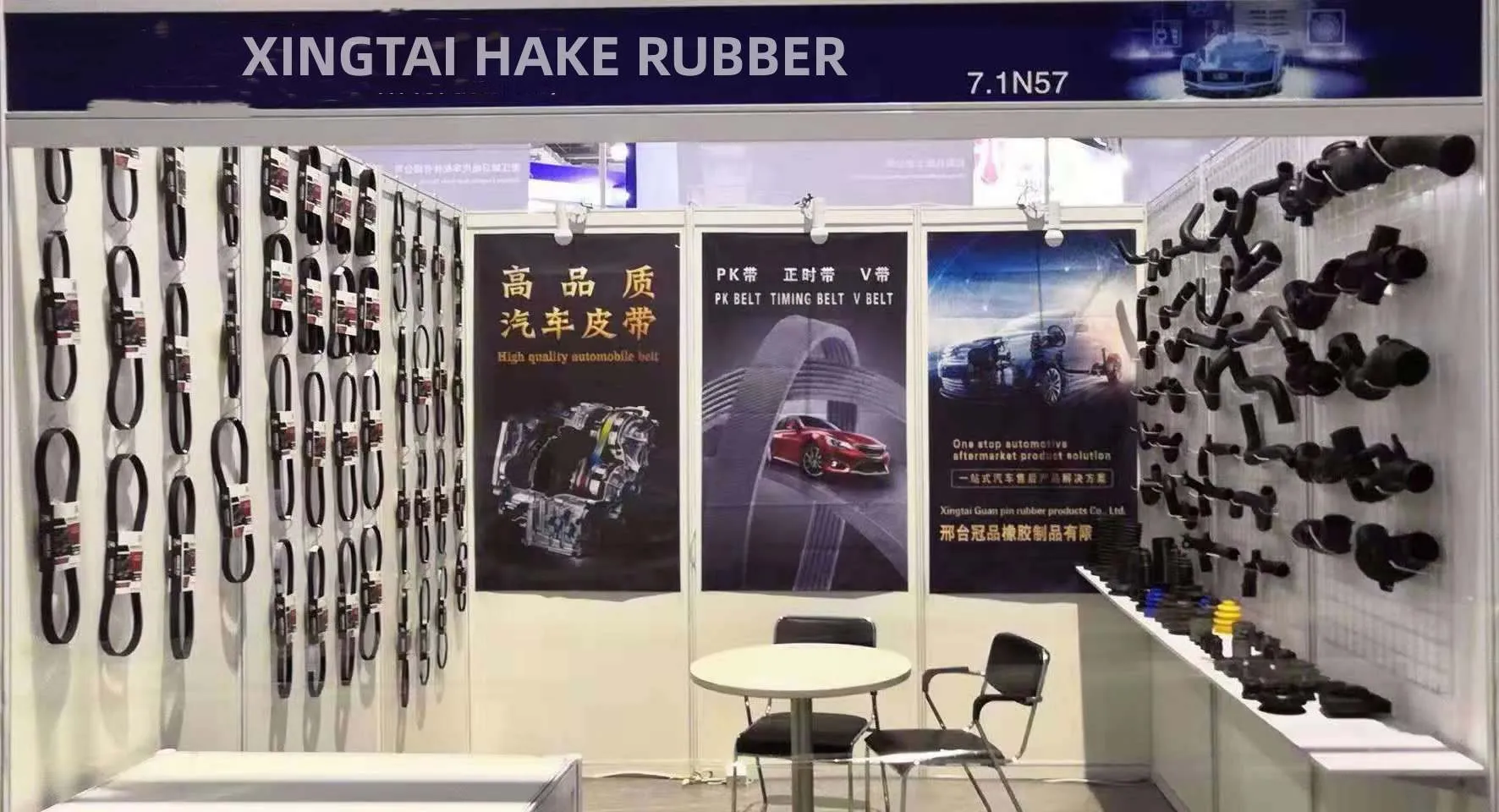- Arabic
- French
- Russian
- Spanish
- Portuguese
- Turkish
- Armenian
- English
- Albanian
- Amharic
- Azerbaijani
- Basque
- Belarusian
- Bengali
- Bosnian
- Bulgarian
- Catalan
- Cebuano
- Corsican
- Croatian
- Czech
- Danish
- Dutch
- Afrikaans
- Esperanto
- Estonian
- Finnish
- Frisian
- Galician
- Georgian
- German
- Greek
- Gujarati
- Haitian Creole
- hausa
- hawaiian
- Hebrew
- Hindi
- Miao
- Hungarian
- Icelandic
- igbo
- Indonesian
- irish
- Italian
- Japanese
- Javanese
- Kannada
- kazakh
- Khmer
- Rwandese
- Korean
- Kurdish
- Kyrgyz
- Lao
- Latin
- Latvian
- Lithuanian
- Luxembourgish
- Macedonian
- Malgashi
- Malay
- Malayalam
- Maltese
- Maori
- Marathi
- Mongolian
- Myanmar
- Nepali
- Norwegian
- Norwegian
- Occitan
- Pashto
- Persian
- Polish
- Punjabi
- Romanian
- Samoan
- Scottish Gaelic
- Serbian
- Sesotho
- Shona
- Sindhi
- Sinhala
- Slovak
- Slovenian
- Somali
- Sundanese
- Swahili
- Swedish
- Tagalog
- Tajik
- Tamil
- Tatar
- Telugu
- Thai
- Turkmen
- Ukrainian
- Urdu
- Uighur
- Uzbek
- Vietnamese
- Welsh
- Bantu
- Yiddish
- Yoruba
- Zulu
नवम्बर . 09, 2024 18:02 Back to list
V-Belt Manufacturing in High Quality and Competitive Pricing
The V-Belt Factory A Cornerstone of Industrial Efficiency
In the vast landscape of industrial manufacturing, certain components play a crucial role in ensuring the smooth operation of machinery. One such component, often overlooked yet indispensable, is the V-belt. Designed to transmit power between rotating shafts, V-belts have become essential in countless applications, from agricultural equipment to automotive engines. The V-belt factory stands at the forefront of this vital industry, ensuring that high-quality belts are produced to meet the growing demands of various sectors.
The Importance of V-Belts
V-belts are characterized by their trapezoidal cross-section, which allows them to fit snugly into matching grooves on pulleys. This design not only maximizes friction and torque transfer but also minimizes slippage, ensuring efficient power transmission. With the increasing complexity of machinery, the demand for reliable V-belts has never been greater. Industries such as manufacturing, construction, and automotive rely on these belts for their equipment to function effectively. In fact, the failure of just one V-belt can lead to significant downtimes and financial losses.
Manufacturing Process
The production of V-belts is a meticulous process that involves several steps. The journey begins with the selection of high-quality raw materials, including rubber compounds and fibers that enhance strength and durability. These materials are then mixed and processed to form a compounded rubber that is suitable for V-belt manufacturing.
Once the rubber is prepared, it undergoes a process called calendering, where it is flattened and shaped into sheets. The fabric reinforcement, typically made of polyester or nylon, is then added to enhance the tensile strength of the V-belt. This combination of rubber and fabric is critical, as it significantly affects the belt's performance and lifespan.
After shaping the material into the required profile, the belts are cut to size and cured in a vulcanization process. This step involves heating the rubber under pressure, allowing it to solidify and take on its final shape. The vulcanization process not only enhances the elasticity of the belts but also increases resistance to wear and temperature fluctuations.
v belt factory

Quality Control
At the V-belt factory, quality control is paramount. Each belt undergoes rigorous testing to ensure it meets industry standards and specifications. Measurements of dimensions, tensile strength, and flexibility are taken, and belts are tested for performance under various conditions. This commitment to quality ensures that customers receive a product that is not only durable but also reliable.
Additionally, the factory often employs advanced technology, such as computer-aided design (CAD) and automated production lines, to increase precision and efficiency. This technological integration allows factories to keep up with the rising demand while maintaining high production standards.
Environmental Considerations
In recent years, the emphasis on sustainability has led V-belt factories to adopt eco-friendly practices. Manufacturers are increasingly exploring the use of recycled materials in their products and implementing waste reduction strategies throughout the production process. By prioritizing sustainability, V-belt factories not only contribute to environmental preservation but also cater to the growing consumer demand for greener products.
The Future of V-Belts
As industries advance, the evolution of the V-belt is inevitable. The future promises innovations in material science that could lead to stronger, lighter, and more efficient belts. Furthermore, the rise of automation and smart manufacturing technologies may transform the way belts are produced, with real-time monitoring systems ensuring optimal performance and minimizing defects.
In conclusion, the V-belt factory plays a crucial role in the industrial landscape, producing a component that is fundamental to the operation of various machines. Through careful manufacturing processes, stringent quality control measures, and a focus on sustainability, these factories continue to meet the demands of diverse industries. As technology evolves, the future of V-belts looks promising, with prospects for enhanced efficiency and performance. In a world where industrial efficacy is paramount, the humble V-belt remains a vital link in the chain of production.
-
Upgrade Power Steering Pump Belt for Smooth, Quiet Operation
NewsAug.27,2025
-
Precision Timing Belt & Chain: Engine Performance & Durability
NewsAug.26,2025
-
Precision Lathe Drive Belts: Durable & Reliable Performance
NewsAug.25,2025
-
84.5 Serpentine Belt: Durable & Precision Fit for Your Engine
NewsAug.24,2025
-
Premium Ribbed Drive Belts for Quiet Power Transmission
NewsAug.23,2025
-
High-Performance Vehicle Timing Belt for Engine Precision
NewsAug.22,2025

